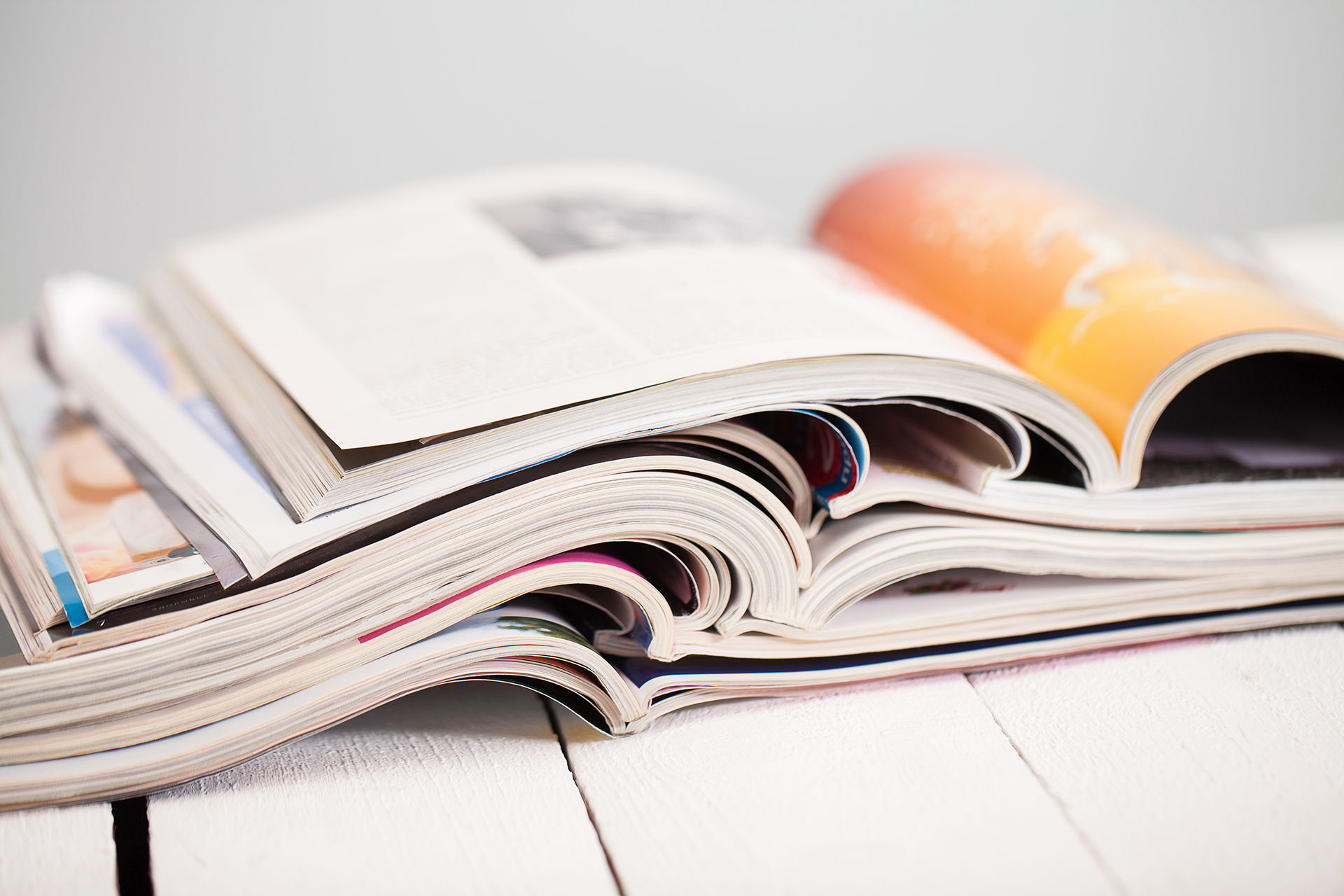Hi folks, has anyone had a problem with the bandwidth being very narrow on 80m
i have checked the loop on an analyser and it only has a bandwidth of 1khz between the swr of 1.5 either side of the resonant point which in my case was 3.545mhz
i wonder what the plus and minus swr figures are when Ciro quotes 4khz bandwidth on 80m?
any help appreciated... please note, as I bought the loop second hand I have not used any extra compound on the joints... just a thought, but would it narrow the bandwidth that much?




Perhaps I can add a comment to explain why this might help. Bear in mind that the frequency displayed on your transceiver is the suppressed CARRIER, on 80m we use LSB, and thus the transmitted signal will be lower in frequency. If you are using a 2,400Hz bandwidth, from 300Hz to 2,700Hz, then the centre frequency will be 1,500Hz lower than the carrier frequency. Since the bandwidth of the MIDI loop on 80m is very narrow, of the order of 2kHz to 3 or 4kHz then tuning the antenna to a frequency between 1 and 2kHz lower than the displayed frequency ensures that all the transmitted power is placed in the centre of the antenna's effective bandwidth. This should only be necessary on 80M SSB. CW, and other narrow band transmission modes would not require this. Also, it should not be necessary on 40m, where the bandwidth is twice that of 80m.
73, Adrian, 5B4AIY
On 80m I tune the antenna 1kc below the QRG I will talk. This make the job fine.
73 Manfred, HB9FLU
Hi, Martin,
The bandwidth of a tuned circuit is measured between the half-power points, and is related to the 'Q' of the tuned circuit. It is equal to Fr / Q. The quoted Q of the MIDI loop is 1,500 @ 3,500kHz, and therefore, assuming that there are no additional losses, this would make the bandwidth 3,500 / 1,500 = 2.33kHz. Ciro-Mazzoni also state that the bandwidth at 3,500kHz is 4kHz, which would imply a Q of 3,500 / 4 = 875. So there is some inconsistency here. In order to measure the bandwidth using an antenna analyser, if the SWR at resonance is essentially 1:1, then bandwidth is measured between those frequencies where the SWR is 2.62:1. If you have not used any additional conductive grease, then any increase in loop resistance would have the effect of increasing the bandwidth not narrowing it as any increase in loss resistance would lower the Q factor. Also bear in mind that most of the loss resistance of the loop is due to skin effect as RF currents only flow in the outermost section or 'skin' of the tubing, so conductive grease is most effective on the outer edges of the joints. I use an automotive product called Copper-Eze which is a grease that is loaded with micro-fine particles of copper and is used to lubricate disk brake pads to stop them squealing in their holders. In fact, any increase in apparent bandwidth is cause for concern, as it would indicate an increase in the loss resistance and a consequent serious reduction in efficiency. So, in your case, record the frequencies where the SWR is about 2.6: to 3:1, subtract one from the other, and that is your effective bandwidth. For the MIDI loop this is just about enough to accommodate a SSB channel.